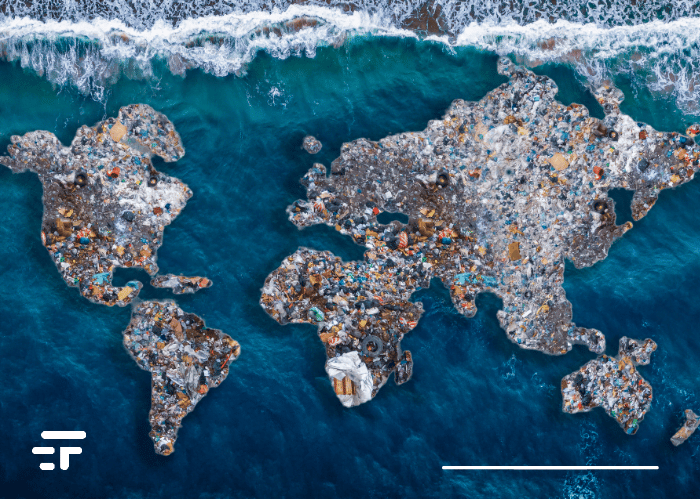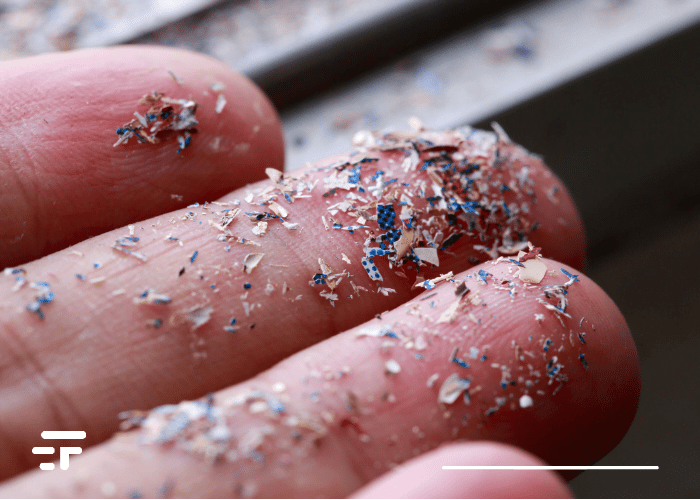Despite increased awareness of climate change and its consequences, the use of plastics is set to triple over the next 40 years.
This is what the OECD, or the Organization for Economic Cooperation and Development, predicts, which last Friday published a report on the forecasts on the consumption and production of plastic in the near future.
The published report predicts that in the absence of strong new policies, global consumption of plastics will pass from 460 million tons (Mt) in 2019 to 1.231 Mt in 2060. A much larger increase than most other commodities.

And let's not talk about waste. Indeed, yes
Globally, the release of plastic into the environment is expected to double, reaching 44 million tons per year, while the accumulation of plastic in lakes, rivers and oceans will more than triple as plastic waste passes from 353 million tons in 2019 to 1.014 million in 2060. Most pollution comes from larger debris, known as macroplastics, but so do leaks microplastics (synthetic polymers with a diameter of less than 5 mm) from the production of plastic objects. Industrial pellets, textiles and tire wear pose a serious threat.
Plastic manufacturing, there is also good news (not great)
Fortunately, there is also some good news, albeit not great. Indeed, it is expected that the share of plastic waste actually recycled it will rise to 17% by 2060, up from 9% in 2019, while incineration and landfill disposal will continue to concern respectively about 20% and 50% of plastic waste.
The share of plastic production that escapes waste disposal systems (ending up in uncontrolled landfills, burned in open pits or dispersed in soil or aquatic environments) should go down from 22% to 15%.

Consumption and production of plastic, the world at a crossroads
In the document published by the OECD, called "Global Plastics Outlook: Policy Scenarios to 2060", Two possible scenarios are presented:
- The first, a local action scenario that includes a mix of fiscal and regulatory policies mainly affecting OECD countries. It could reduce plastic waste by almost a fifth and more than halve plastic losses into the environment without a substantial impact on global GDP, which would reduced by 0,3% by 2060.
- The second one, a global intervention scenario that includes more stringent policies implemented around the world. It could greatly reduce plastic production, reduce plastic waste by a third and almost completely eliminate plastic losses in the environment, while reducing global GDP of about 0,8%.
Policies to reduce environmental impact and encourage reductions in plastic production and more circular use should include:
- Taxes on plastics, including those on packaging;
- Incentives for the reuse and repair of plastic articles;
- Recycled content targets for plastic manufacturing;
- Extended Producer Responsibility Schemes (EPR);
- Better infrastructure for waste management;
- Increase in waste collection rates.
In short (Italian only)
The report ends on a positive note: “Coordinated and ambitious global efforts can nearly eliminate plastic pollution by 2060“. At the beginning of 2022, the United Nations embarked on a path towards creating an internationally binding treaty aimed at limiting plastic pollution.
Good intentions, of course. We appreciate the words, but we expect the facts. The question is: when?


